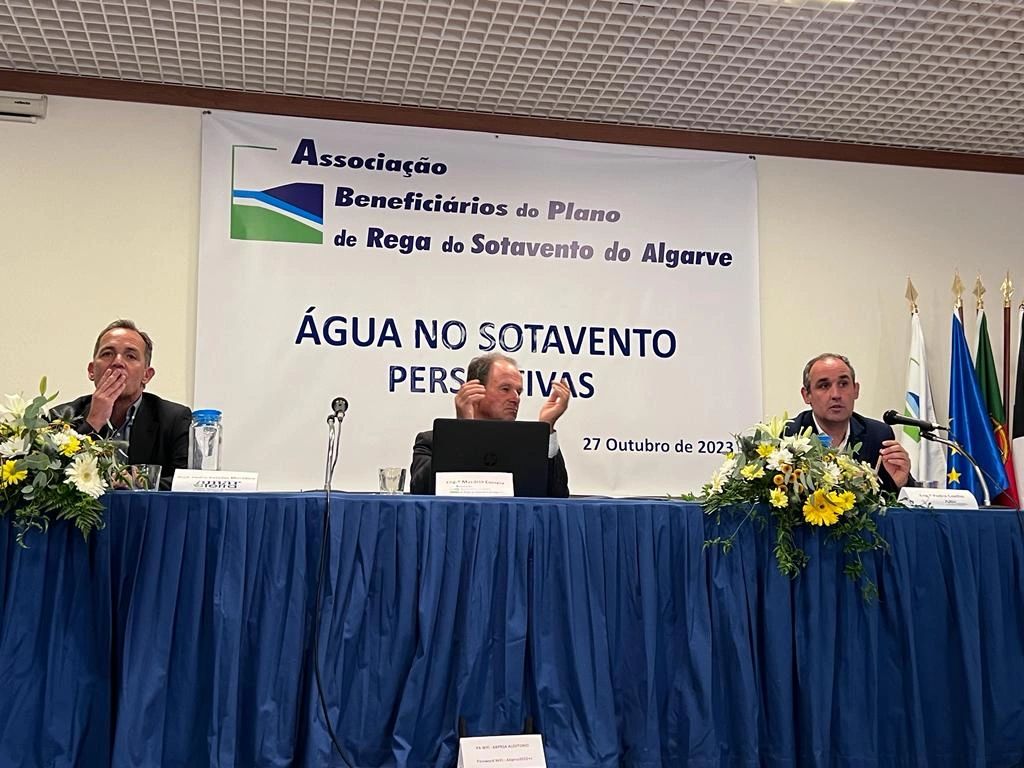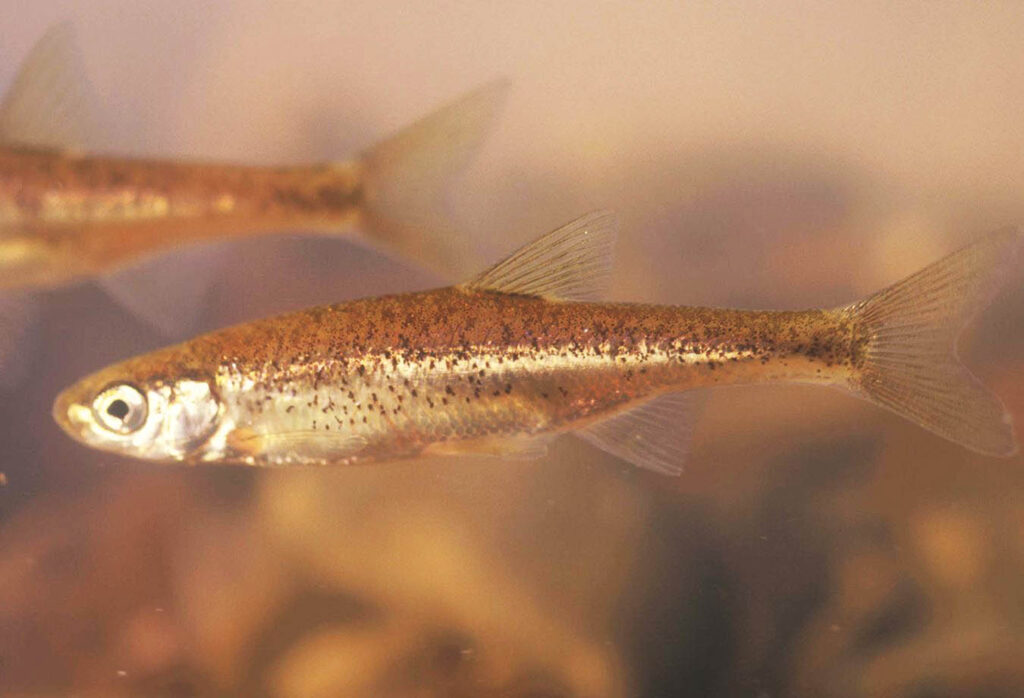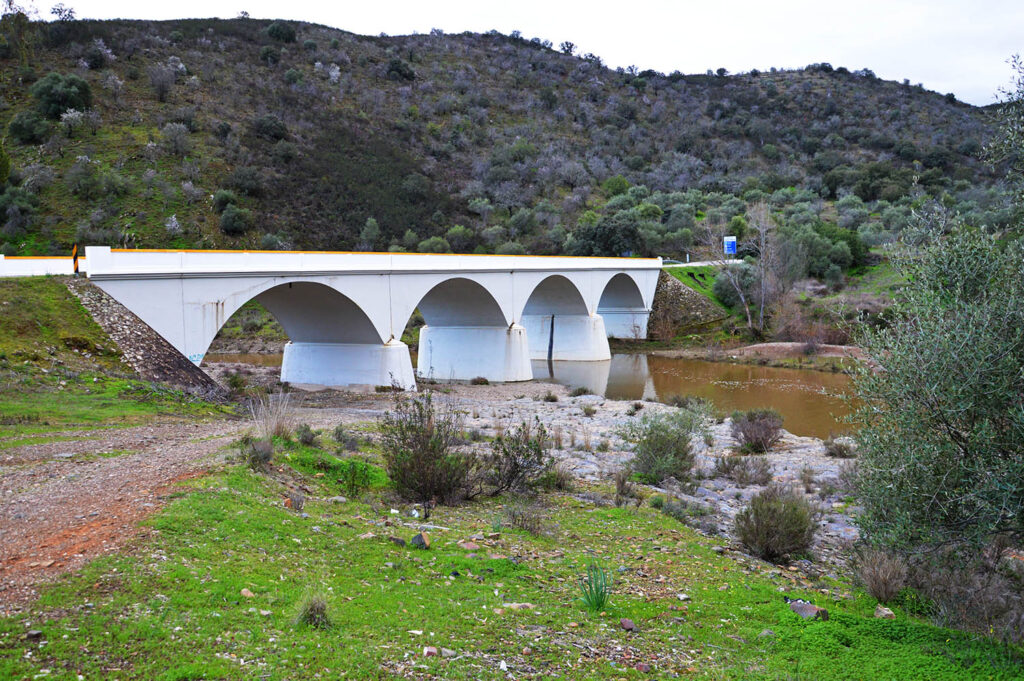The Almargem association says “no, thank you!” to a new dam in the Algarve, to be installed in Ribeira da Foupana, an idea defended by both Algarve mayors and farmers and sector associations.
At a time when water reserves in the Algarve are at historic lows, the pressure for investments to increase water availability has intensified. One of the works that has been required is a dam in Ribeira da Foupana.
The urgency of advancing this work was, moreover, defended in the “Water in Sotavento” session, promoted a week ago by the Association of Beneficiaries of the Sotavento Irrigation Plan, where «experts in water use planning» and more than one hundreds of personalities, including the regional directors of Agriculture and Fisheries, Pedro Valadas Monteiro, and the Portuguese Environment Agency, Pedro Coelho.
«It is imperative to quickly proceed with the projects for the Foupana Dam», defended the Sotavento governors.

Almargem completely disagrees with this position, since Foupana «constitutes one of the few large undammed watercourses in the Algarve and one of the best preserved streams in the region».
There is "a significant set of habitats of interest for conservation", which remain "in good condition", including "riparian galleries with shrubby willows, low forests of oleander, tamujo and tamarisk associated with the dry bed and forests of holm oak and cork oak”, among others.
The area of influence of the river “is home to nine habitats protected in accordance with community and national legislation”.
Even so, Ribeira da Foupana does not have any protection status, although its proposal for inclusion in the Natura 2000 Network has been “long supported by various scientific works, with the aim of ensuring the effective conservation of the priority species present there, as well as to improve the conservation and management of sites already included – in this case, the ZEC Guadiana».
It is the presence of this natural wealth that leads Almargem to reject the construction of this new reservoir.
«It is widely known that the construction of new dams constitutes a serious threat to the conservation of biodiversity. Thus, in addition to the high impacts in terms of changing the hydrological regime downstream, with consequent changes in ecosystems, the reduction in the influx of sediments, as well as the advancement of the saline wedge (PROT, 2007), the damming of water courses has very substantial effects on biological communities», says the Algarve environmental association.
«At this level, the biggest impacts are associated with the transformation of habitats, the breakdown of connectivity in the river network, and the destruction of riparian galleries and adjacent terrestrial habitats», he adds.
In the Algarve, he recalls, «there are already six large dams – Odelouca, Arade, Funcho, Bravura, Beliche and Odeleite. All of these ended up, due to excess demand, falling below their utilization capacity in recent years. The construction of yet another dam will not, therefore, improve the management of water resources in the region, but will only increase the pressure on their use, as it will promote the increase in highly water-consuming activities in its periphery».
On the other hand, Almargem fears that, «even if, initially, the priority is domestic supply, it is known that there will be immense pressure/lobbying so that this new structure will feed more area and water consumption from unsustainable crops and tourist activities».
«The flooding of the river valley resulting from the construction of the Foupana dam would cause very substantial impacts on plant communities, by destroying the formations that are established along the slopes and rocky outcrops. These slopes are normally areas with little intervention, which is why they constitute unique refuges for some very threatened plant formations, which once occupied larger areas, such as juniper groves. Juniperus turbinata».
The different species of fish that live in the river will also be affected by the construction of a dam.

In this field, environmentalists recall, Ribeira da Foupana is, «along with Vascão, one of the places where the most significant populations of Saramugo are found (Anaecypris Hispanic), a resident and endemic freshwater fish (only occurs naturally in the Iberian Peninsula) – which is classified as “Critically Endangered”, and whose distribution only occurs in the Guadiana river basin (ICNF, 2008)».
In addition to this species, the freshwater fish fauna of Ribeira da Foupana “also includes other endemics of high conservation priority exclusive to the Guadiana river basin – such as the cumba (barbus comizo) and the guadiana boga (Chondrostoma willkomii). "
In this way, the construction of a dam in Ribeira da Foupana «presents a clearly negative cost-benefit ratio, not only in view of the high environmental costs, but also the economic and financial ones».
«We also highlight the lack of effectiveness of this solution, due to the decrease in rainfall, which makes its contribution to the region's water availability small. The potential for water savings would be greater if the solution focused on different uses (agricultural, domestic and golf), as well as on the essential reduction of losses in distribution systems, whether in urban networks or in irrigation perimeters, and on the diversification of origins, through the reuse of wastewater and the use of rainwater – these are resources to be mobilized», according to Almargem.
«The announced decision is therefore devoid of technical-scientific support, based on a deeply unbalanced water resources management model, weighing on the demand side, which appears to ignore the need to implement other adaptation measures complementary activities in several upstream sectors, including: the reuse of wastewater, the use of rainwater and the reduction of consumption in the agricultural, tourist and also domestic sectors», concludes Almargem.



















Comments